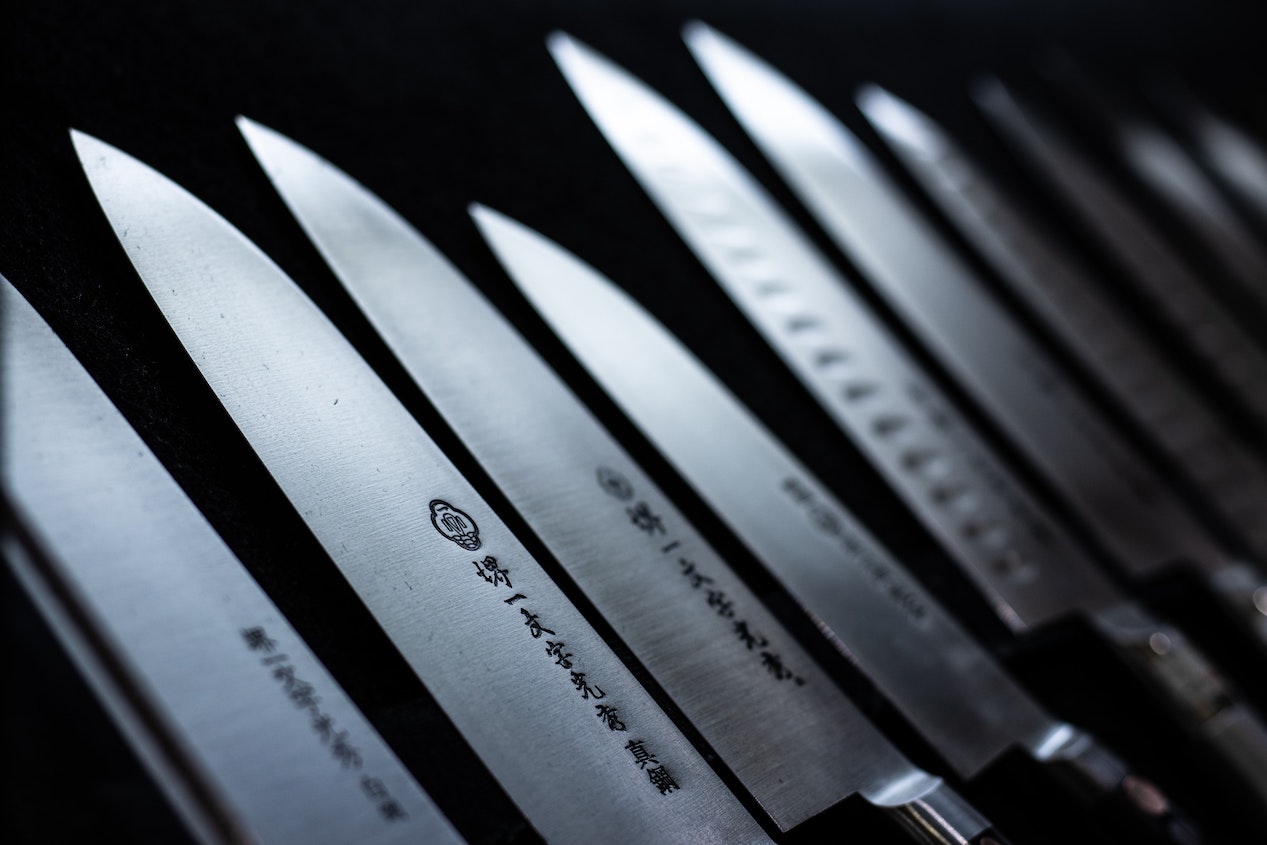Debating with Knives

A couple of years ago at OOPSLA I saw a wonderful panel format. On stage there was a table, short side facing the audience. People sitting on one side of the table had to support the motion, those on the other had to oppose it. At any time, anyone could stand up, walk to the other side of the table, and tap someone on the shoulder. Those two people then swapped places: the one arguing for then had to argue against. After a while, they let members of the audience come up and tap on shoulders too.
At last night’s Pragmatic Practitioner dinner here in Dallas we tried the same thing. After the meal was cleared away, we used our left-over knives to indicate the position we were taking: a knife lying in the customary end-on position meant you were supporting the statement “statically typed languages are better than dynamically types ones.” A knife lying crossways meant you were opposing the motion. We started with knives alternating around the table, and tried to maintain a kind of parity: you could only swap your knife’s position if someone else did. Every now and then we had a group swap, where every knife switched.
The result was a fun and not too serious debate. It was good to be able to argue both sides of a position; very few things are black and white, and it’s nice to be able to acknowledge opposing points of view.
Now I’m wondering if the same technique could work in a business setting. Could it take the heat out of the discussions we have about architectures, design, timescales, and so on?
